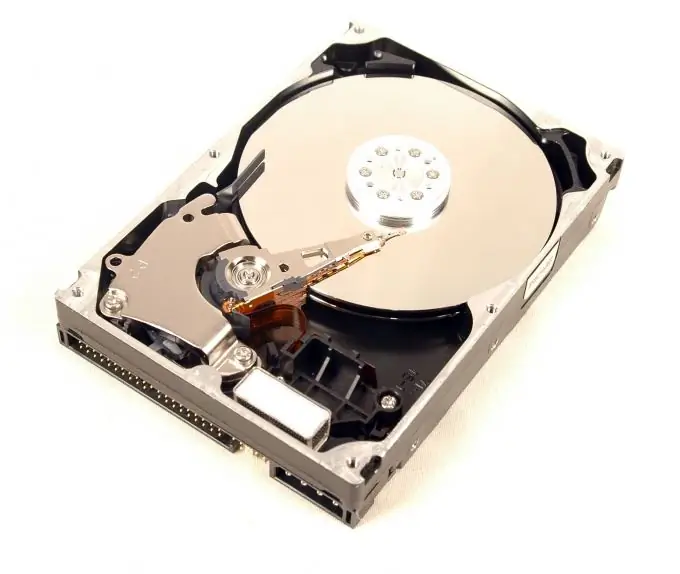A laptop purchased from a consumer electronics retailer usually has a hidden partition containing the operating system installation files. It is not visible through the standard Windows Explorer, but you can get to it using the Acronis Disk Director 11 Home program.

Necessary
Acronis Disk Director 11 Home program
Instructions
Step 1
Download the Acronis Disk Director 11 Home utility from the program's official website. The download link is at the end of this article. Run the installation file. During installation, in the third dialog box, the system will ask you to enter the serial number, so select "Install trial version" - in your case it will be enough. In the next window, fill in the fields "Name", "Surname" and "E-mail address" (you can fictitious), the rest are optional. In other windows, you can safely click "Next", and in the last "Continue". The installation of the program will begin, and after its completion a new window will appear in which click "Close". The program icon is on the desktop, click on it to launch the program.
Step 2
The main part of the program contains a list of available logical disks (volumes). From left to right, the name of the volume, its capacity, the amount of free space, type, file system and status are indicated. Open the list of storage media in your operating system: click the "Start" button on the taskbar, and then "My Computer" (in Windows 7, just "Computer").
Step 3
Compare the number and names of volumes in this list and in the Acronis program window. Volumes that are absent in My Computer, but are present in the Acronis program window, are the hidden partitions of the hard disk. Such a partition may be called, for example, "Recovery", it may contain the installation files of the operating system.
Step 4
In the same program, you can perform various actions with hard disk volumes, including hidden ones: copy, move, format, defragment, change capacity, letter, etc. Access to these actions can be obtained in two ways. First: click on the desired volume with the right mouse button and select the required action in the menu that appears. Second: use the menu that is located to the left of the list of hard disk volumes.






